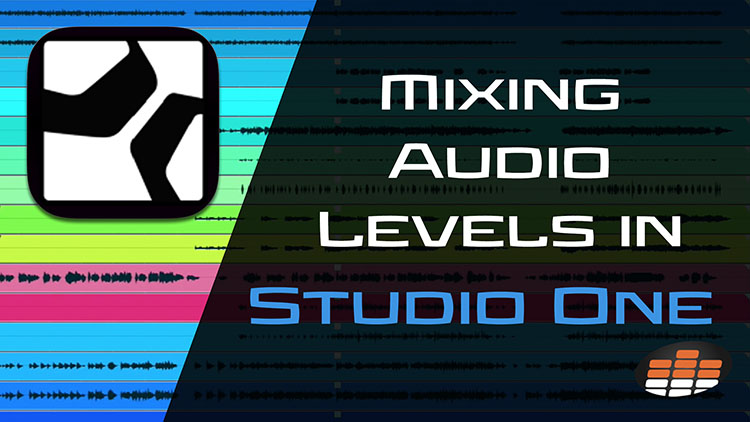Carlo Libertini is a Melodyne audio editing specialist with Music Marketing Inc. of North America. He is an audio production engineer with twenty years’ experience, and performs trainings, demonstrations, and services for top studios and institutions across the country. In between production responsibilities he conducts online training seminars, collaborative production meetings, software demonstrations, and video tutorials.
In this segment, Carlo demonstrates the fundamentals of mixing audio levels in Studio One!
What Does Mixing Levels Mean?
When we refer to mixing levels, we’re talking about the art of adjusting the volume of each track so that we end up with a really great balance amongst our instruments. Every sound has its place in the mix. Certain sounds are emphasized to drive the song, and others find their space in the recesses of the mix to fill things out. Most importantly, nothing is distracting to the listener because we’ve struck a pleasing balance.
The Fundamentals of Mixing Levels in Studio One
Mixing is both art and science. There’s a lot of technical stuff we have to worry about to make sure our signal is optimal.
Take, for example, mixing a rock song. You’ll probably want to start by building the song up from the bottom, starting with drums. Solo your drum tracks; if they were recorded at a nice healthy level, you’ll probably already be clipping. Clipping is one of the first things to avoid when mixing levels. You need to leave yourself some headroom, or extra volume at the top, so that you don’t get nasty digital distortion.
Start your mix at a conservative volume. From the mix window in Studio One, highlight all of your drum tracks and pull the fader down to around -6.0 dB. Alternatively, you can manually type in -6.0 in the value box on one of the drum tracks for the same effect. Now, your starting point leaves you plenty of room for the other instruments later!





